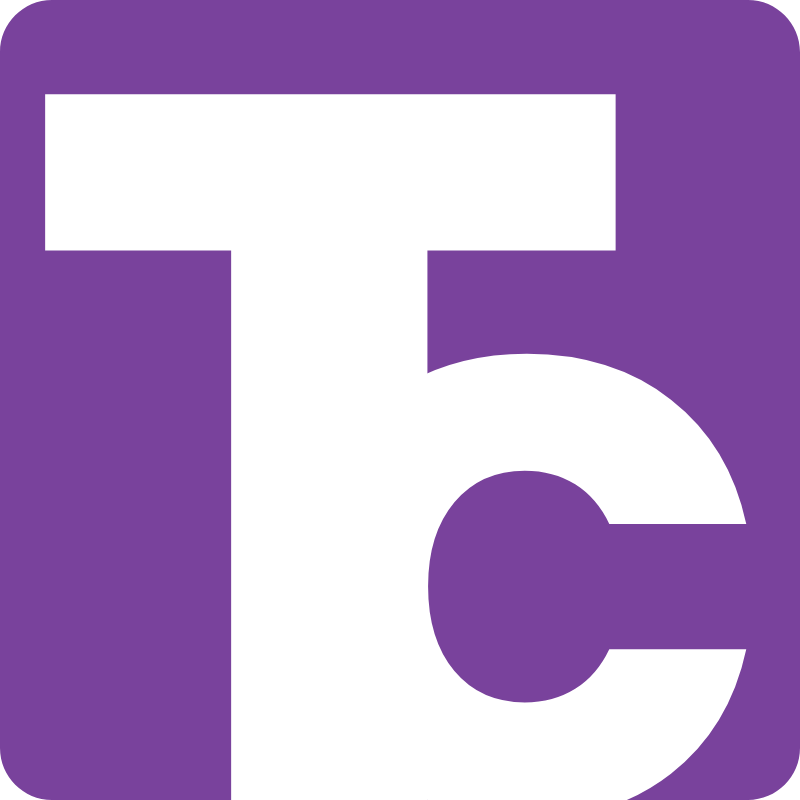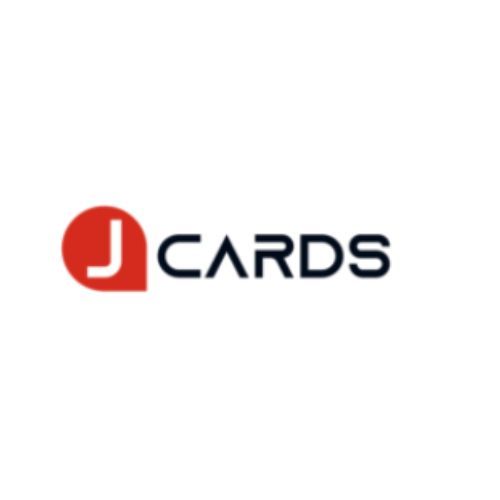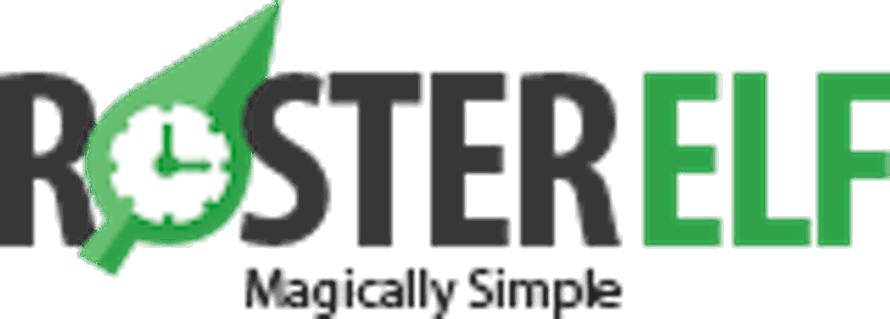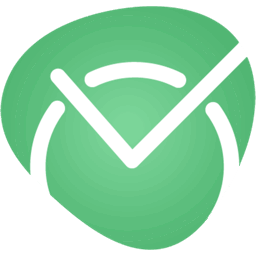What Is Timesheet Software?
Timesheet software is a tool that allows businesses and organizations to monitor and manage their employees' working hours. It eliminates the need for manual timesheets and streamlines the process of collecting, approving, and managing employee hours. At its foundation, timesheet software enables employees to log in and out of their shifts, breaks, and tasks, either manually or via a time clock.
This assures precise and effective time tracking, which reduces errors and saves time for both managers and employees. Aside from time tracking, timesheet software also includes project management, task management, billing and invoicing, payroll integration, and reporting. This provides firms with a comprehensive perspective of their personnel, project progress, and financials, making it an invaluable tool for project- or service-based organizations. With the advent of remote work and flexible schedules, timesheet software has become an indispensable tool for enterprises of all sizes and industries.
It enables managers to monitor and evaluate their teams' productivity and performance independent of physical location or working hours. When selecting timesheet software, it is critical to evaluate ease of use, integration possibilities, reporting choices, and customer support. Most crucial, consider software that can be tailored to your individual company objectives and workflows, as each organization has unique requirements.
What Are The Recent Trends In Timesheet Software?
Businesses rely on timesheet software to precisely track and manage their employees' working hours, breaks, and overtime. As technology advances, timesheet software evolves to accommodate modern businesses' evolving needs and demands. One of the most recent trends in timesheet software is a transition to cloud-based alternatives.
This enables organizations to view their timesheet data from anywhere and at any time, making it easier for remote and distributed teams to manage their time and duties effectively. Another noteworthy development is the integration of timesheet software with project management and accounting applications. This interface removes the need for human data entry, lowers errors, and gives a more accurate picture of project costs and profitability.
Mobile timesheet software apps are also gaining popularity, allowing employees to clock in and out, input their working hours, and track their tasks straight from their mobile devices. This not only increases convenience, but also assures that no work hours are missed or erroneously reported. With the development of freelancing and the gig economy, timesheet software has evolved to meet the demands of freelancers and independent contractors.
These systems include features like invoicing, project tracking, and expenditure management, which help freelancers manage their time and finances. In light of the current pandemic, there is a greater emphasis on remote worker management. As a result, timesheet software now includes geolocation tracking, allowing organizations to monitor the location and hours worked by remote employees.
Furthermore, some timesheet software now employs advanced technologies such as Artificial Intelligence (AI) and Machine Learning (ML) to automatically track and categorize employees' time and tasks, decreasing the need for manual data entry while enhancing accuracy.
Benefits Of Using Timesheet Software
Efficient time management is critical for every business or organization. Keeping track of staff hours, overtime, and attendance may be a difficult and time-consuming task. This is when timekeeping software comes into play. Timesheet software simplifies and automates the time tracking process, allowing managers and HR departments to better monitor employee hours and attendance.
There are various benefits to adopting timesheet software, making it a worthwhile investment for any organization. Let's look at some of the main benefits:
1. Accurate Time Tracking: Timesheet software enables employees to accurately record their work hours. This eliminates the need for manual timesheets, which are error-prone and readily manipulated. Managers can rely on timesheet software to ensure the accuracy of employee timesheets, resulting in more reliable and transparent payroll processing.
2. Increased Efficiency: By automating the time tracking process, timesheet software saves time and boosts productivity. Instead than spending hours manually reviewing and calculating timesheets, managers can devote this time to more productive tasks.
3. Overtime Management: Timesheet software tracks employee overtime in real time, giving supervisors a clear picture of how much time is being worked. This helps to prevent unauthorized overtime while also ensuring compliance with labor standards.
4. Attendance monitoring: Many timesheet software systems include an attendance monitoring capability. Managers may now monitor staff absences, tardiness, and holidays, making work schedules easier to track and manage.
5. Cost Savings: Because timesheet software reliably tracks employee time and attendance, firms can save money. It avoids the danger of overpaying for unworked hours and gives data on employee productivity, allowing firms to discover areas for development.
6. Project Management: Timesheet software enables project managers to track the time spent on different tasks and projects. This improves resource management, identifies areas for improvement, and allows for better tracking of project budgets and profitability.
7. Smartphone Support: Most timesheet software solutions include a smartphone app that allows employees to register their hours on the move. This is especially useful for remote employees or those who operate in the field, as it ensures that their hours are accurately recorded.
Important Factors To Consider While Purchasing Timesheet Software?
When selecting timesheet software, it is critical to evaluate a variety of aspects to ensure that you obtain the greatest solution for your company's requirements. Timesheet software tracks and manages employee working hours, leaves, and project responsibilities, making it an indispensable tool for any firm.
To make an informed decision, here are some crucial considerations to consider when selecting timesheet software.
1. Features And Functionality: Prior to selecting timesheet software, thoroughly consider its features and functionality. The program should include key functions like time tracking, leave management, and project/task management. Additionally, seek for advanced capabilities such as invoice generating, data integration, and customisable reporting to meet your specific requirements.
2. Usability: The software should be easy to use and navigate, allowing employees and managers to quickly adapt to it. Complex user interfaces can make adoption difficult, resulting in a loss of both time and money. Choose software that is simple and efficient.
3. Mobile Access: In today's environment, where remote work is becoming more popular, it is critical to have timesheet software that is mobile compatible. This enables employees to manage their time and duties while on the go, resulting in more accurate data and streamlined procedures.
4. Integration Capabilities: Before making a purchase, ensure that the software is compatible with the other tools and systems in your firm. This will aid in seamless data transfer and prevent data duplication difficulties.
5. Scalability: As your company expands, so will the demand for reliable timesheet software. As a result, it is critical to select a solution that is scalable and can accommodate an expanding number of staff and projects.
6. Security: Given the sensitive employee data housed in the program, security should be a primary focus. To protect your data, ensure that the software supplier adheres to industry-standard security methods and provides features such as data encryption and access control.
7. Customer Support: In the event of a technical issue or a question, prompt and dependable customer service is critical. Look for software vendors who give 24-hour customer support, online tutorials, and training resources to guarantee that the product runs smoothly and efficiently.
What Are The Key Features To Look For In Timesheet Software?
When it comes to managing time and tracking employee hours, timesheet software is an invaluable resource for any business. It automates time monitoring, eliminates paperwork, and delivers real-time data on staff productivity and resource allocation. However, with so many options on the market, selecting the best timesheet software can be a daunting endeavor.
To make this process easier, these are the essential things you should look for when choosing timesheet software:
1. Time Tracking: The basic role of timesheet software is to precisely track and record employees' working hours. Look for software that provides different time tracking methods, such as manual entry, clock-in/clock-out, and a mobile app, to meet the diverse demands of your employees. Furthermore, the software should include customized entry fields for tracking project codes, breaks, and overtime.
2. Integration With Payroll And Accounting Systems: Efficient and accurate payroll processing requires seamless integration with your existing payroll and accounting systems. This eliminates the need for manual data entry and lowers the likelihood of errors, making the payroll process more efficient and error-free.
3. Employee Management: Good timesheet software should allow you to assign assignments, set deadlines, and track progress. This tool not only assists in tracking project progress, but it also guarantees that personnel are held accountable for their tasks.
4. Project And Task Management: Look for software that includes capabilities for creating and assigning projects, setting deadlines, and tracking progress. This aids in resource optimization, identifying bottlenecks, and enhancing overall project management.
5. Reporting And Analytics: Timesheet software with strong reporting and analytics capabilities can provide significant insights into staff productivity, project progress, and resource utilization. Look for software that can create customisable reports, display data in graphs and charts, and export data for additional research.
6. Mobile Accessibility: With remote work becoming the new norm, it is critical to select timesheet software that is mobile friendly. This allows employees to keep track of their working hours and responsibilities while on the go, increasing efficiency and providing supervisors with real-time data.
7. Scalability And Customization: Because your company's needs may change over time, it is critical to choose timesheet software that is both flexible and configurable. This lets you to add and remove features, add new users, and customize the software to meet your evolving company needs.
Why Do Businesses Need Timesheet Software?
Timesheet software is a vital tool for organizations of all kinds, allowing them to easily track and manage staff time and attendance. In today's fast-paced and competitive corporate world, accurate time monitoring is critical for maximizing productivity and revenue. With that in mind, investing in dependable timesheet software is a good move for any company.
Here are the main reasons why firms need timesheet software:
1. Accurate Time Tracking: One of the primary reasons firms require timesheet software is to accurately track the time employees spend on various jobs and projects. This eliminates the need for manual time tracking, which is prone to errors and inconsistencies. Businesses using timesheet software may get real-time data on employee hours, allowing them to make more informed resource allocation and project management decisions.
2. Streamlined Payroll Process: Timesheet software automates employee hours and wages, removing the need for manual calculations. This not only saves time, but also lowers the possibility of errors and disagreements over employee wages.
3. Compliance With Labor Laws: Timesheet software guarantees that employees' working hours, breaks, and overtime are precisely tracked and recorded. This not only protects firms from any legal problems, but it also encourages fair and ethical labor practices.
4. Increased Efficiency: Manual time tracking systems, such as paper timesheets, are time-consuming and error-prone. Timesheet software automates the entire process, saving organizations significant time and resources. It also helps staff to focus on their primary responsibilities rather than filling out and submitting timesheets.
5. Project Management: Timesheet software allows firms to easily manage the time and resources spent on different projects, making it easier to evaluate project progress and identify areas for improvement. This enables organizations to make data-driven decisions and improves overall project management.
6. Cost Savings: Using timesheet software can result in significant savings for enterprises. Businesses that effectively manage employee hours can prevent payroll anomalies and overpayments, resulting in cost savings.
How Much Time Is Required To Implement Timesheet Software?
The implementation time for timesheet software varies depending on its complexity and your organization's specific requirements. It typically takes 4-6 weeks to make a smooth and seamless transition to the new system. However, this schedule can be shorter or longer based on the size of your team, the number of features and integrations necessary, and the level of customization required.
It is vital to remember that effective planning and preparation can drastically shorten the implementation timeline. Before beginning the process, you must clearly identify your company's timesheet software requirements, create a budget, and involve key stakeholders in the decision-making process. After you've chosen an appropriate timesheet software, the actual implementation procedure can be divided into many steps.
These usually comprise data migration, software configuration, user training, and testing. The complexity and extent of these procedures will dictate the overall timeline for implementation. To achieve a successful implementation, a specialized project manager must oversee the process and efficiently interact with the software vendor. It is also recommended that end users participate in the testing and training process to guarantee a smooth transition to the new system.
What Is The Level Of Customization Available In Timesheet Software?
Timesheet software provides a wide range of customization possibilities to meet the individual demands of enterprises and organizations. The extent of customization provided varies per software, although most credible alternatives allow for extensive customizing. For starters, users can frequently alter the style and design of their timesheets to meet their company's logo and aesthetics.
This involves uploading company logos, selecting color palettes, and designing bespoke headers and footers. Second, timesheet software enables for the customization of fields and columns, enabling organizations to track specific information essential to their operations. This can comprise project codes, tasks, departments, and even employment positions.
Users can also construct their own custom fields to track unique data points that are not included in the standard design. Another important aspect of customization is the ability to configure multiple approval processes based on the structure of the business. This can include several levels of review, unique approvers for different sorts of timesheets, and the option to approve automatically or manually.
Furthermore, timesheet software frequently provides many levels of access and permission settings to govern who can view and update timesheets inside an organization. This guarantees that important information is only available to authorized users. Finally, some timesheet software has software connectors and plug-ins, allowing users to further tailor their experience and optimize procedures by connecting to other tools and systems used by the company.
Which Industries Can Benefit The Most From Timesheet Software?
Timesheet software is a useful tool for organizations of all sizes and in many sectors. It provides an efficient and precise method for tracking staff working hours, productivity, and project expenses. The advantages of adopting timesheet software are numerous, but some industries will benefit more from its capabilities than others.
Let's explore, we'll look at the several industries that can benefit the most from timesheet software, as well as the unique characteristics that make it the best solution for them.
1. Consulting Firms: Consulting firms frequently work on a project basis, and their clients are invoiced according to the number of hours spent. These organizations can use timesheet software to correctly manage the time spent on each job and give thorough information to clients. This feature guarantees openness and prevents disputes over billing hours. Additionally, timesheet software can assist these businesses in managing their teams' productivity and optimizing resource allocation for improved project management.
2. Construction Industry: The construction business requires precise time tracking to ensure that projects are finished on schedule and within budget. Timesheet software includes geolocation tracking, which allows managers to watch their on-site employees' attendance and time spent on each activity. This function eliminates the need for manual time sheets, resulting in fewer errors and omissions.
3. Healthcare Sector: In the healthcare industry, it is critical to precisely measure employees' working hours for payroll and compliance purposes. Timesheet software allows healthcare firms to effortlessly track staff shifts, breaks, and extra hours. It also enables simple scheduling and shift management, ensuring that appropriate workforce is maintained at all times.
4. Creative Agencies: Creative agencies frequently work on many projects concurrently, with multiple team members involved. Timesheet software can assist these organizations in tracking time spent on each project, assigning particular duties to team members, and monitoring progress. This functionality enables improved project management, enhanced productivity, and effective client billing.
5. IT Companies: IT organizations often employ highly skilled individuals who work on a variety of projects and activities. Timesheet software can track how much time is spent on each project and task, ensuring that employees are not overburdened with work. It also enables correct billing to clients and provides information on personnel productivity and project costs.
Conclusion
Finally, selecting the best timesheet software for your business is determined by a number of criteria, including your company's size, budget, and unique requirements. Before making a decision, you should thoroughly analyze each alternative and its features. First, identify the core features required for your organization, such as time tracking, project management, and invoicing.
Look for software that includes these functions, as well as any others that your team might require. Second, assess the scalability of the software. As your company grows, you'll need timesheet software that can handle an expanding number of personnel and projects. It is also critical to select software that is compatible with the various tools and systems used by your firm.
Another important consideration is the software's usability and friendliness. Look for a product with a straightforward and intuitive UI, as this will save time and reduce the learning curve for your staff. Additionally, evaluate your budget. Timesheet software can range from free to pricey, so set a budget and adhere to it.
Remember that the cheapest choice isn't always the most efficient, and the most costly option may not always be the best fit for your company. Furthermore, read reviews and get advice from other organizations or colleagues that have used alternative timesheet software. This will provide useful information on the user experience and any potential difficulties that may develop.
Finally, investing in timesheet software can help your organization increase productivity, efficiency, and accuracy when monitoring time and managing projects. By considering the major elements listed above and properly studying your options, you will be able to make an informed selection and find the finest timesheet software that matches your company's specific demands.






















